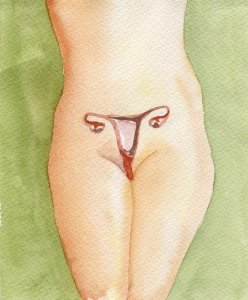
Endometritis: What is it? How can it be detected? How can it be cured?
Endometritis is inflammation of the endometrium. That is, inflammation of the internal lining of the uterus cavity where embryo implantation takes place.
Severe endometritis is an uncommon gynaecological emergency which is generally iatrogenic following placenta retention after birth or pregnancy loss. Patients in this situation have a number of symptoms which are typical of an infection. For example, fever, purulent discharge, general discomfort and so on. If it is not treated, then the situation can lead to a generalised infection.
Chronic endometritis is persistent inflammation of the endometrium which is generally free of symptoms or which has unspecific symptoms such as abnormal bleeding in the uterus, pelvic pain or a malodorous discharge.
Despite the fact that in the field of gynaecology, chronic endometritis is not considered important, diagnosis in the field of reproductive medicine is key since it has been shown to have a close link to patients who have suffered from recurrent pregnancy loss and recurrent embryo implantation failure.
Diagnosis is carried out by means of an endometrial biopsy. It is a known fact that coexistence of the germs produced by the inflammation and the molecules in the immune system which are produced in response can reduce endometrial response. It is treated with antibiotics and the situation stabilises in over 80% of cases without having to carry out an additional endometrial biopsy in order to check results.
Dr Belén Moliner, gynaecologist at Instituto Bernabeu.
